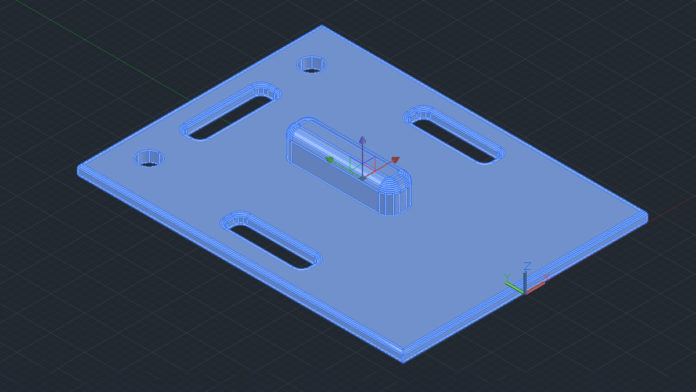There are general tried-and-true methods that we’ve turned to as solutions in the COVID-19 pandemic as we wait for vaccines and drug treatments. Physical distancing is one key strategy that is widely known and adopted at this point. And in hospitals, another strategy for our sickest patients is to lie them on their stomachs to open up parts of their lungs that are less accessible when lying on their backs. This is called prone positioning.
Lying prone can help with getting more oxygen in the blood, and it seems so promising that it’s the subject of its own clinical trial to support its use for COVID-19. But what happens if a patient on their stomach goes into cardiac arrest and needs CPR?
“Many health-care providers are not used to taking care of people in [prone position],” said Matthew Douma, registered nurse and assistant adjunct professor of critical care medicine at the University of Alberta in a press release.
“In the case of cardiac arrest, do you just do compressions on the back or do you turn them over? This is relevant because the process of turning them over could increase the risk of getting COVID yourself, at least getting exposed to it in a health-care setting.”
In truth, taking the time to flip a patient over during an emergency is risky for the patient, as well. When a patient’s heart has stopped, it’s important not to lose time.
Even when a patient is already on their back, a soft bed isn’t the best surface for performing compressions. That’s why crash carts have sturdy CPR boards to slip under the patient’s back before starting CPR. However, these flat boards are less effective for prone patients.
That is why Douma collaborated with Ledcor Technical Services to design a modified CPR board. The design includes a long and thin block that runs along the centre of the board, and it’s meant to elevate the sternum — the midline bone that joins the front of the ribcage. That is where a person would normally place their hands to deliver chest compressions in CPR. The board provides sternal counterpressure to boost the efficiency of compressions delivered to the back.
The final design is digitized and freely available to download and manufacture under a creative commons license. The file has already been downloaded thousands of times.
Tested on CPR mannequins in prone position, the modified board demonstrated a 40 percent increase in the proportion of compressions that deliver the ideal target depth.
“It’s filled a gap,” added Douma. “We didn’t have this, we didn’t know what we would do in a cardiac arrest on a prone patient should the situation arise. Now, knowing that there’s a tool available, it’s made us feel more prepared.”








































